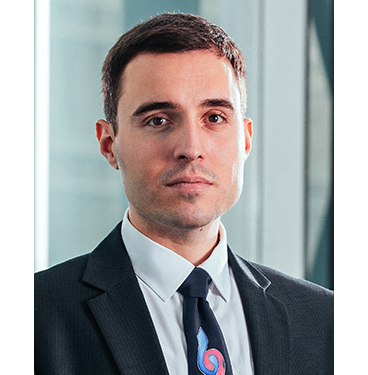|
Branko Brkljač / Бранко Бркљач Welcome to my homepage! I am associate professor of Telecommunications and Signal Processing at the Faculty of Technical Sciences (FTN) Fakultet tehničkih nauka in Novi Sad, Republic of Serbia. It is the largest faculty of the University of Novi Sad (UNS) Univerzitet u Novom Sadu (UNS). I am affiliated with the Chair of Telecommunications and Signal Processing (KTiOS) Katedra za telekomunikacije i obradu signala (KTiOS), which is part of the Department of Power, Electronic and Telecommunication Engineering (DEET) Departman za energetiku, elektroniku i telekomunikacije (DEET). As the member of the research group mostly interested in signal processing I am working in the fields of computer vision, remote sensing and pattern recognition. I am also part of the ICONIC centre (Centre for Intelligent COmmunications, Networking and Information proCessing) ICONIC, a joint effort towards solving research challenges at the intersections of communications, sensing and information processing. At FTN I am currently teaching several graduate and undergraduate courses in the fields of image processing and computer vision (EK421Z, EK469, EK522, H1420, EOS338, EMS215, EAI021, EAI042 I received my BSc. and MSc. in Electrical and Computer Engineering in 2009 and 2010, respectively, and defended my doctoral thesis in 2017, all at the University of Novi Sad. For contact address and more information please consult the links below. Email / LinkedIn / CV / Bio / KTiOS homepage / FTN homepage / eNauka / GScholar / GitHub / |

|
ResearchThrough the work on various research projects I had opportunity to collaborate with people with diverse scientific backgrounds. Besides pattern recognition and satellite imaging, I have also worked on various applications of computer vision, especially in Earth observation, precision agriculture and environmental research. I am also interested in various aspects of outdoor vision and edge based artificial intelligence, including the new trends in generative AI. |
|
© 2024 |